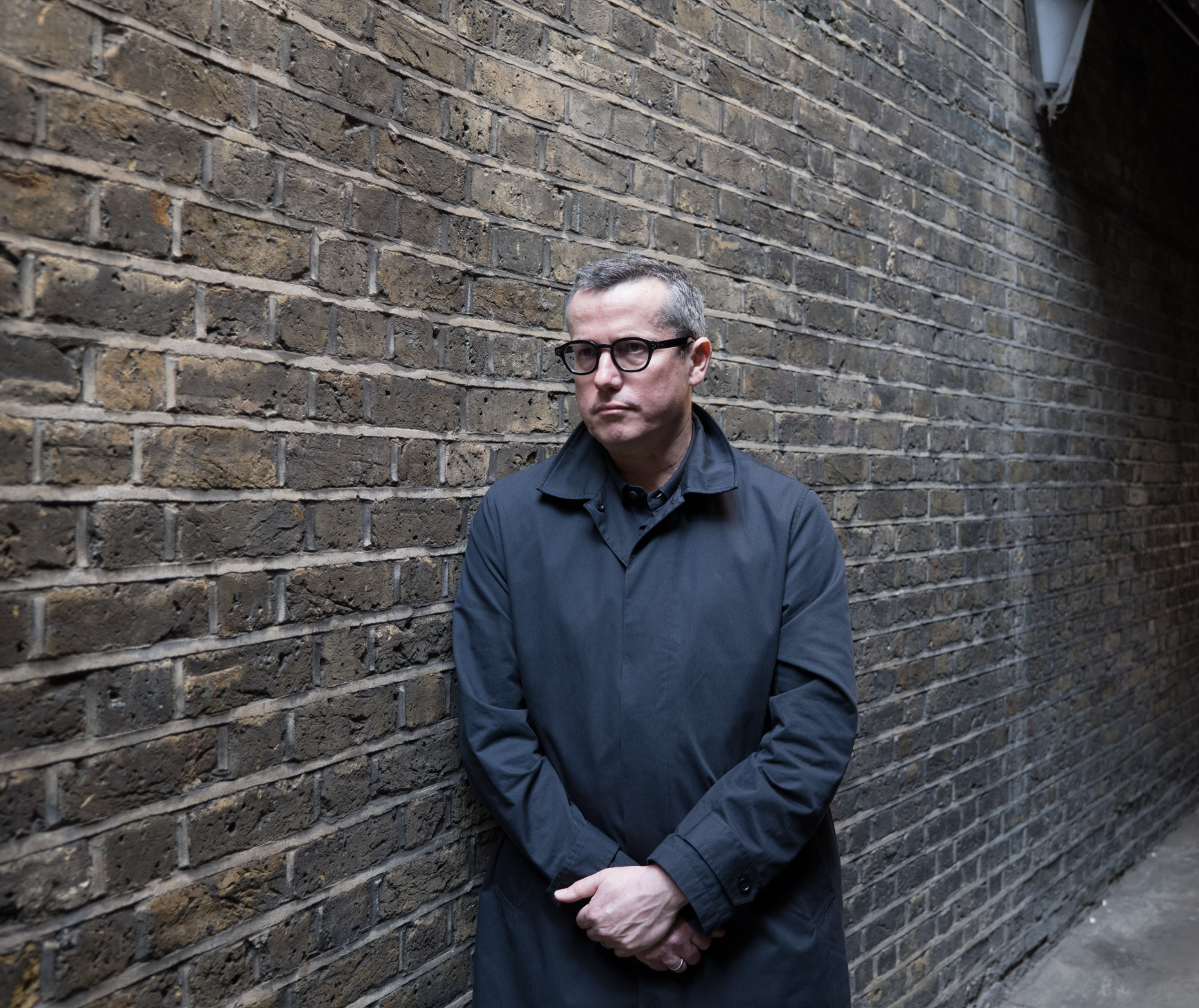Discover
the Hidden Forces THAT SHAPE Our World...
Here we stand on our own two feet and see the world as it really is.
To change the world, we must first understand it. That means uncovering the powerful forces that lie behind the connected crises of climate heating, neo-fascism and multiplying wars.
Here you will find videos, books and other resources to excavate the often-concealed structures and ideologies that drive current events.
With former diplomat, political strategist, writer and thinker, Carne Ross, explore courses to learn how to cut through the bias and misinformation and think critically about the world, or gain the skills to engage with the world through negotiation and diplomacy.
...And as a taster, get a free guide to negotiation.
Start Your Journey
Carne Ross
Carne Ross has made a remarkable journey from government insider to whistleblower and now interpreter - and critic - of the systems that dominate our lives.
A former senior British diplomat, he resigned over the 2003 Iraq War, after giving secret evidence about the government's lies before the invasion. He then founded the world's first non-profit diplomatic advisory group, Independent Diplomat (ID), which advises democratic countries, political groups and liberation movements on how to break into diplomatic decision-making about them.
Today, he continues that work, but also writes and broadcasts video about the deeper structures, ideas and forces that comprise and drive the system, providing insight and offering tools on how to change it. His books and articles analyse our current crises and how we might deal with them, including the relevance of anarchism.
Carne's innovations have helped change diplomacy and today he draws on his unique experience and research to interpret and explain the world - in order to change it.
Learn moreCritical thinking on world affairs
Learn about the deeper structures and forces that drive political and international events. Get insights into current global topics: geopolitics, the Middle East, post-capitalism and what we can do about the multiple and interwoven crises that confront us. And some free (if unconventional) advice on how to get ahead in international affairs.
YouTube for deep dives and essays
TikTok for shorter, more frequent bites
Subscribe to Carne on YouTube
online COURSES (coming soon)
Interpret global events with next-level skills in critical thinking and unique knowledge of international relations.
Engage the world with skills in negotiation and diplomacy, techniques honed in the most challenging circumstances of war or self-determination.
...Navigate our contested world, take on the powerful, and win.
Go to courses

HOW TO THINK CRITICALLY
Those who benefit from the current system pretend it's impossible to change it. With this course, learn powerful techniques and tools to peel away the BS, bias and deliberate misinformation to uncover the deeper structures that shape our world.
These next-level skills will take you beyond conventional analyses, so you can interpret the forces driving events - and thus learn how to confront them. Think for yourself. Learn how.

MASTER NEGOTIATION
Carne has negotiated the toughest problems from disarmament to terrorism and the constitutions of new states. Learn the high-level and effective tools and techniques from his many decades of deal-making with the world's most powerful governments in high-stakes and pressurized negotiations about war, terrorism or the birth of new states.

EFFECTIVE DIPLOMACY
Diplomacy can seem intimidating with its arcane rituals and terminology - its doors too often closed to outsiders.
But there's a way through. Carne has advised scores of presidents, foreign ministers, foreign ministries and frontline diplomats on the techniques and strategies of effective diplomacy, from the basics to high-level strategy, tools acquired inside the diplomatic system.
This course is useful for diplomats, analysts, students and anyone who needs to communicate and negotiate what they need.

international relations
A lot of BS is talked about 'international relations'. Experts and professors pretend it's all super complicated and requires familiarity with all kinds of theories and terminologies.
But clear, rigorous thinking will illuminate what's going on. Learn from someone who has navigated and analysed the world's complexities for 35 years from 'inside' the system.
Whether you're a diplomat, student or analyst, this course will teach you what's really driving world events.

Free course: 'gentle anarchy' (coming soon)
The world seems in chaos - climate crisis, neo-fascism, endless wars...and, for many, deep ennui and alienation. But there might, just might, be a way through. Carne Ross has made a remarkable and very personal journey from government insider and diplomat to anarchist, and from despair and disillusionment to hope. In these videos, you can hear about his journey first-hand, and what that transformation can tell us about anarchism, a philosophy that may offer the solutions not only to our current political crises, but also the mindsets and structures that dominate and constrain us, giving us a chance - at last - to live as fully human.
my Books

Independent Diplomat
“[Ross] exposes the absurdity, the ignorance and indifference of international bureaucracies, quietly and with clear-sighted accuracy. His prose is ironic, measured and elegant. The integrity, the nuance of his account and his self-awareness make him impressive not just as a writer but as a person.“
Rory Stewart
An extraordinary first-hand account of diplomacy from the frontlines, the deficits of the practice and how to put them right.

The Leaderless Revolution
’So bold, so full of incontestable truths and overwhelming convictions, that it should be read by every diplomat, politician and thinking citizen with the courage
to pick it up’
John le Carré
A remarkable and original book about bottom-up political change and self-government, what some call anarchism

there we are human again: a diplomat's journey to anarchism
Publication Spring 2026
"I agree with every word Carne says. Let's get this shit done!"
Alexei Sayle
Carne Ross made a remarkable journey from front-line diplomat to convinced anarchist. His transformation was not only political but also very personal. 'Gentle Anarchy' tells this story, a story that throws light on how we might fundamentally re-engineer the current system of capitalism and so-called 'representative' democracy to address the many problems that today confront us, a shift to a 'gentle anarchy' that will allow us to recover - at last - what it is to be truly human.
Sign up for news about the book.
Testimonials
I agree with every word Carne says. Let's get this shit done!
Alexei Sayle
Carne Ross reminds us that although we are controlled by a few people who will do anything to protect their interests, they can be made irrelevant if we just have confidence in ourselves. That’s why I love what he says. He keeps it real.
Benjamin Zephaniah
documentary: "accidental anarchist"
The BBC broadcast a documentary film about my life and ideas in 2016. You can see it here.
Subscribe to my YouTube channel for current content offering deeper insights into the forces, ideas and systems shaping our world.
Published Insights
Carne's articles have been published in innumerable media outlets worldwide, including the New York Times, Financial Times and Guardian. Here are three examples.




